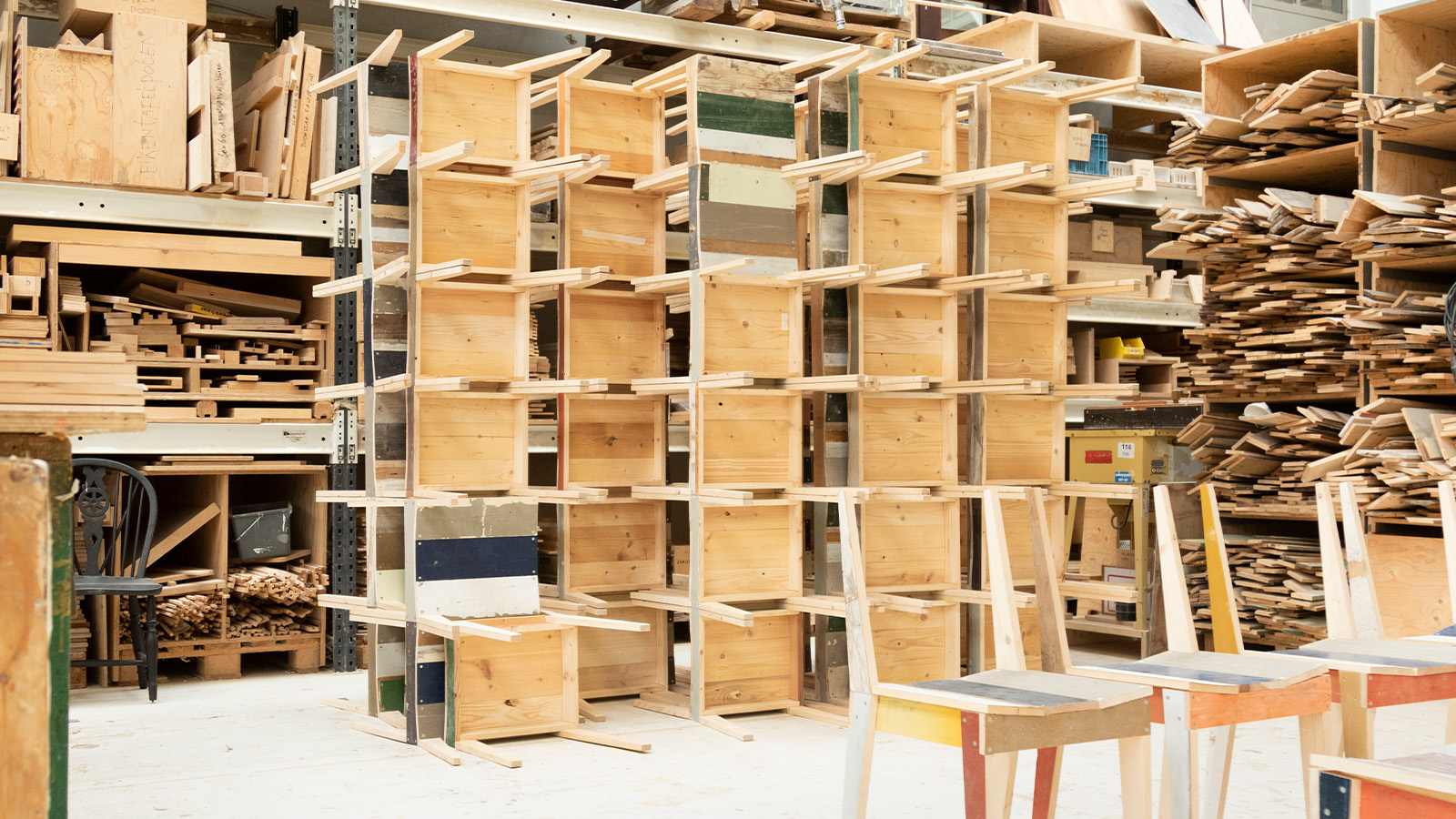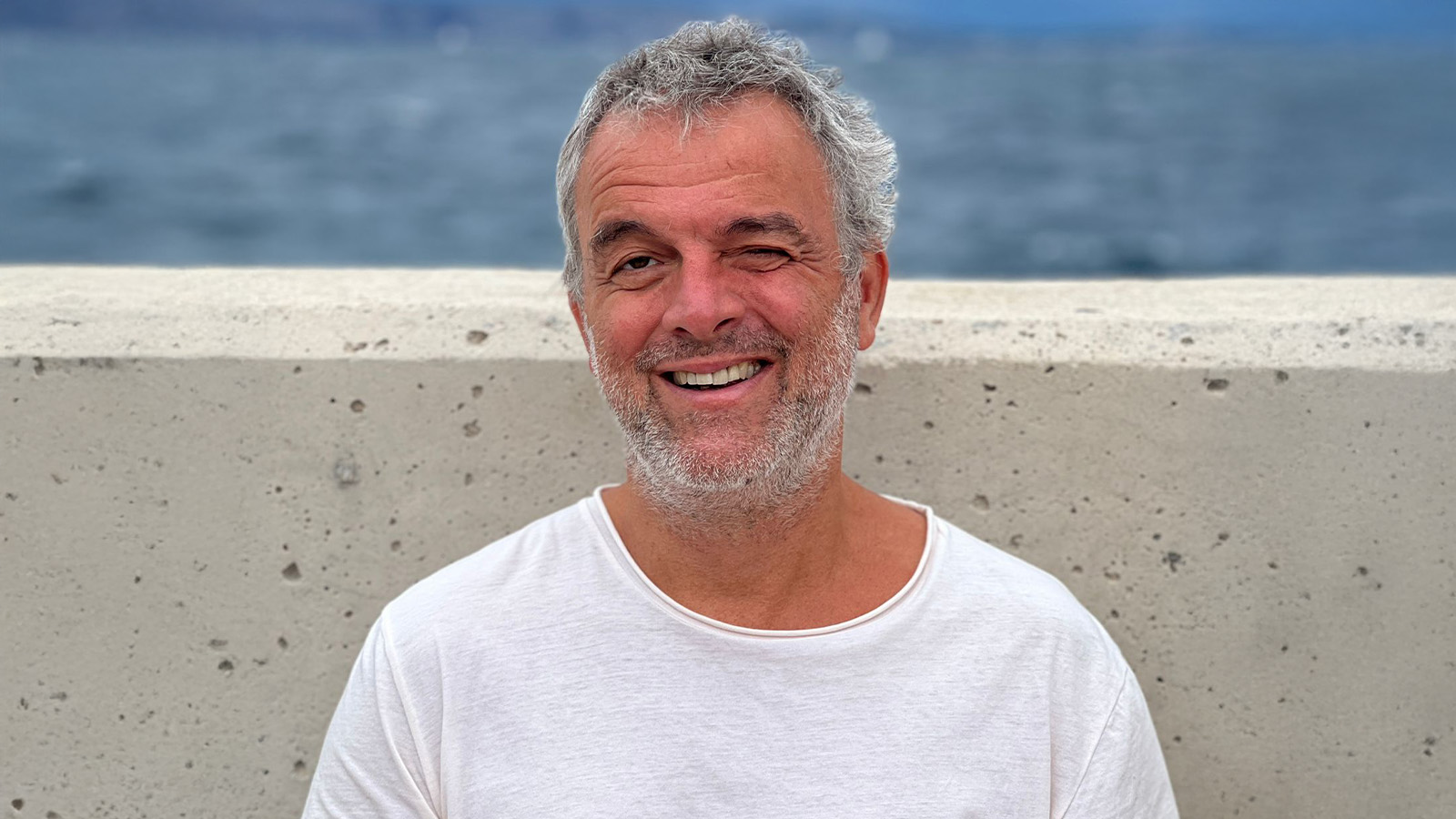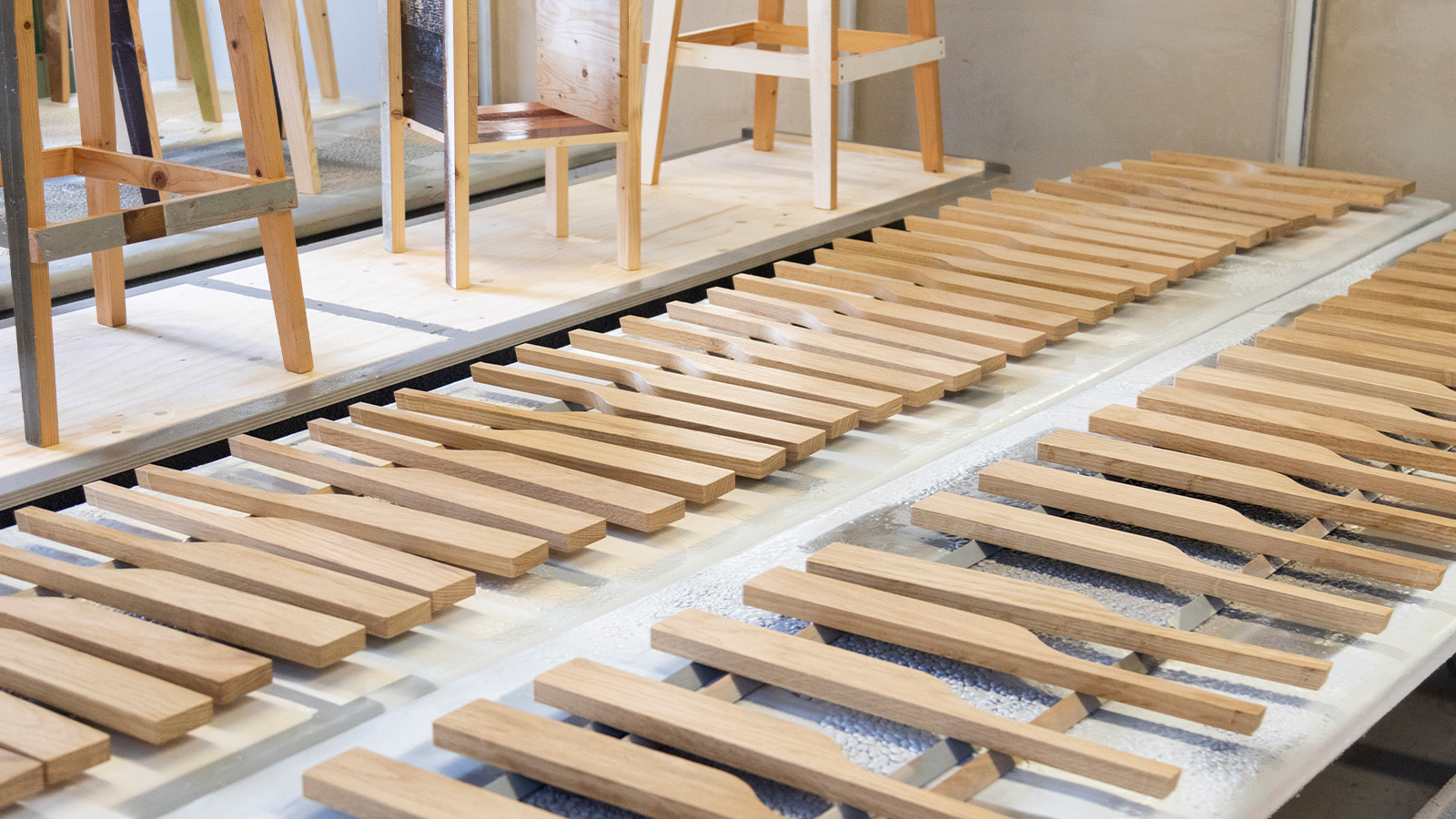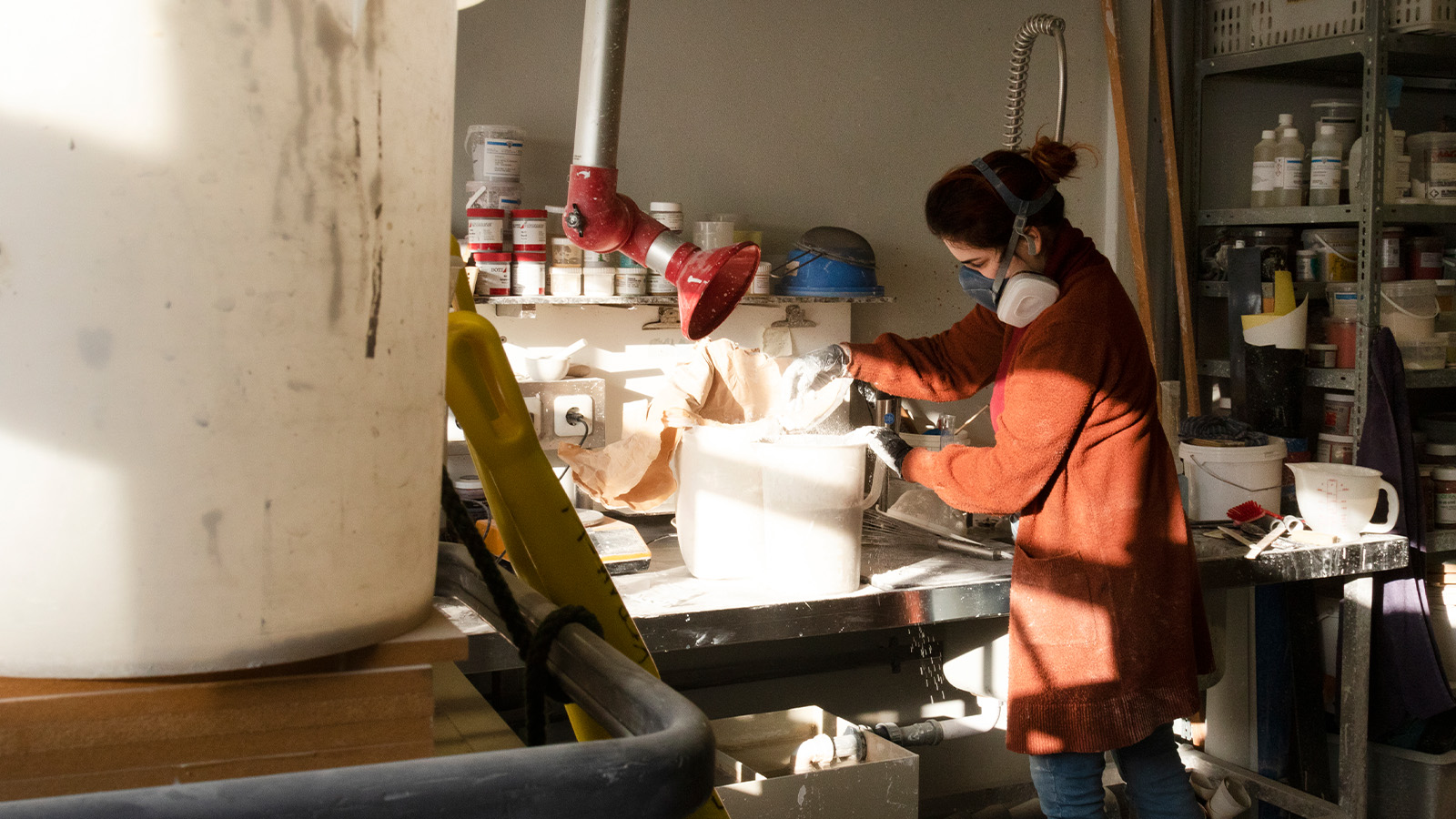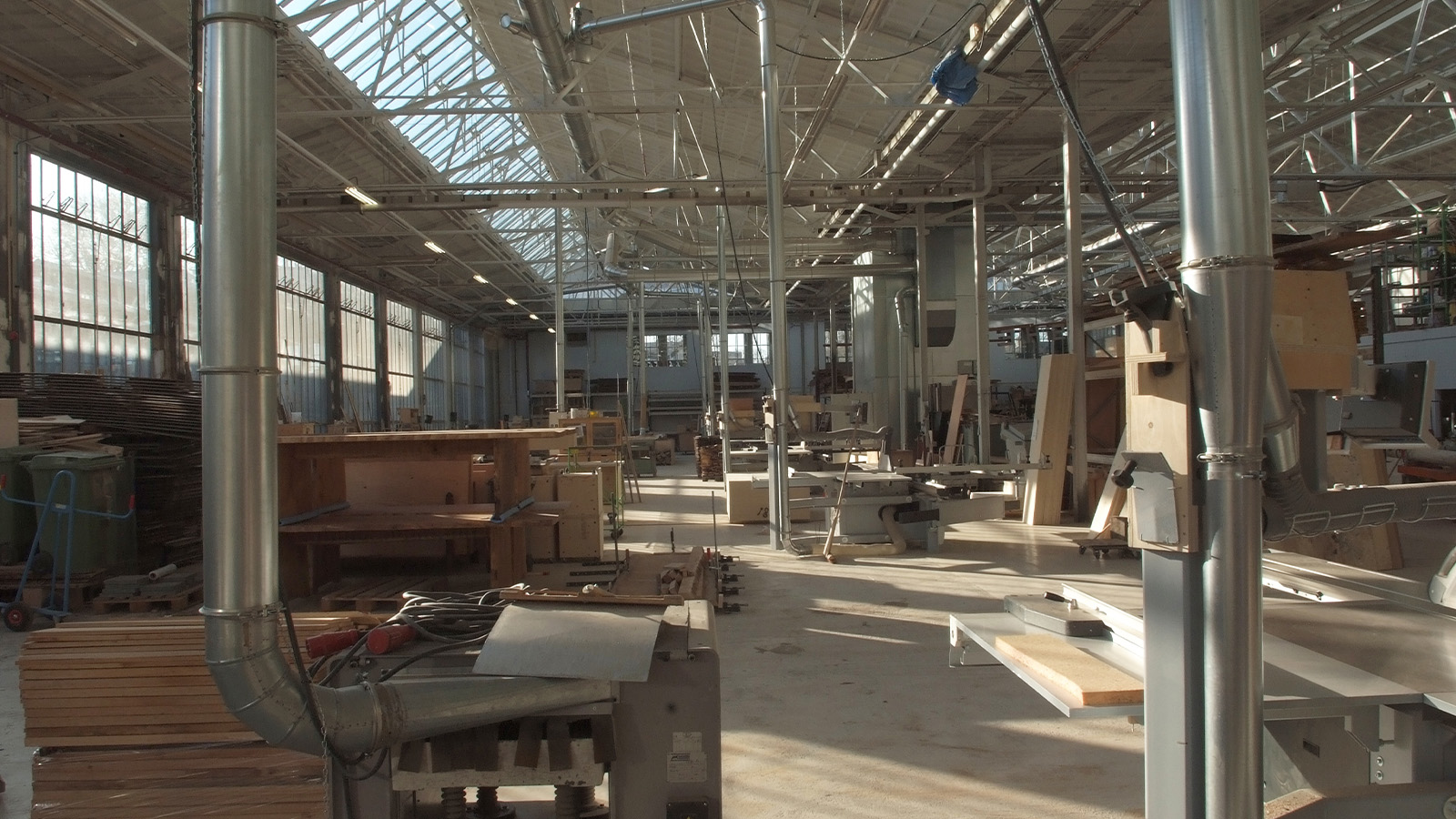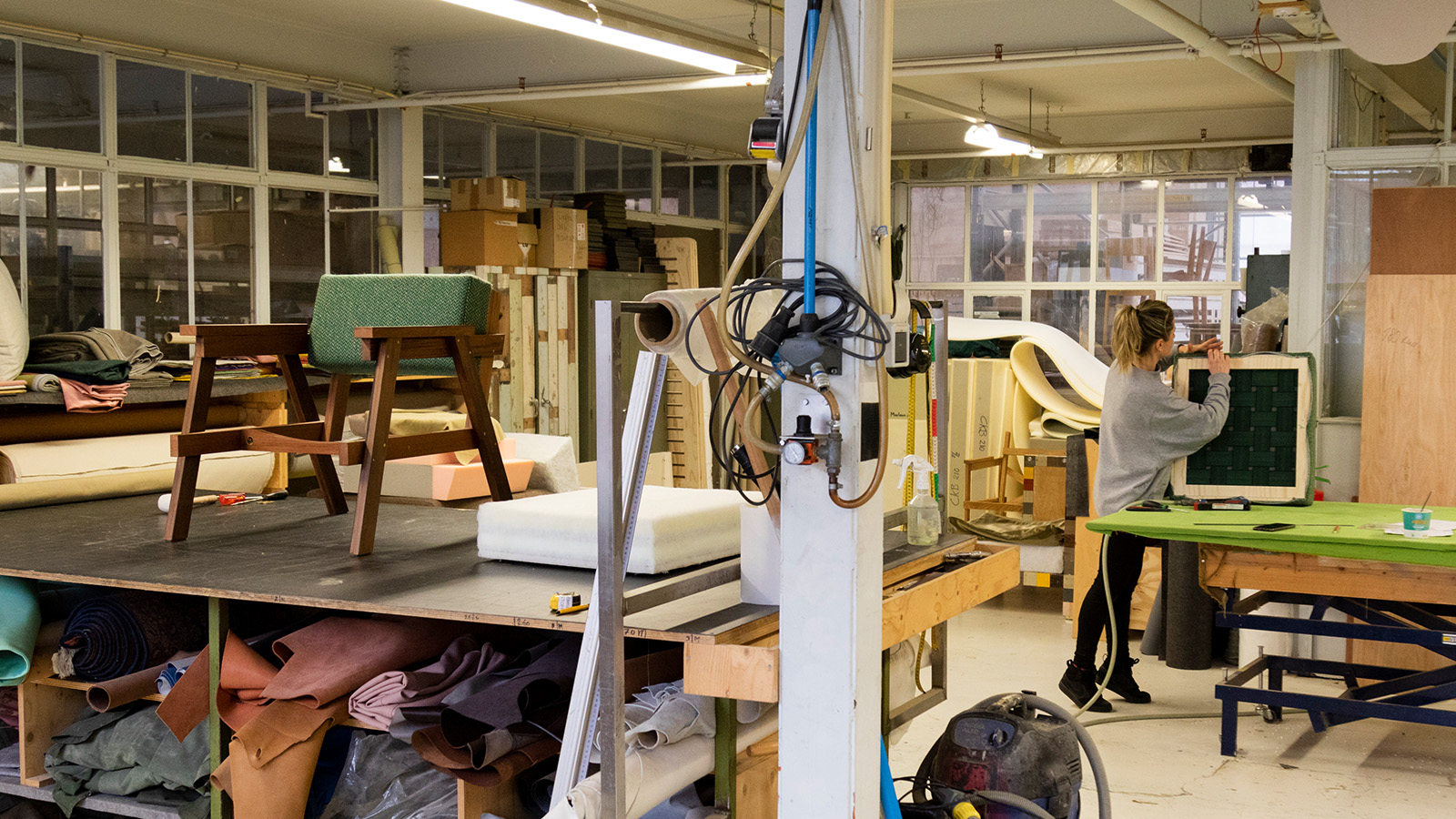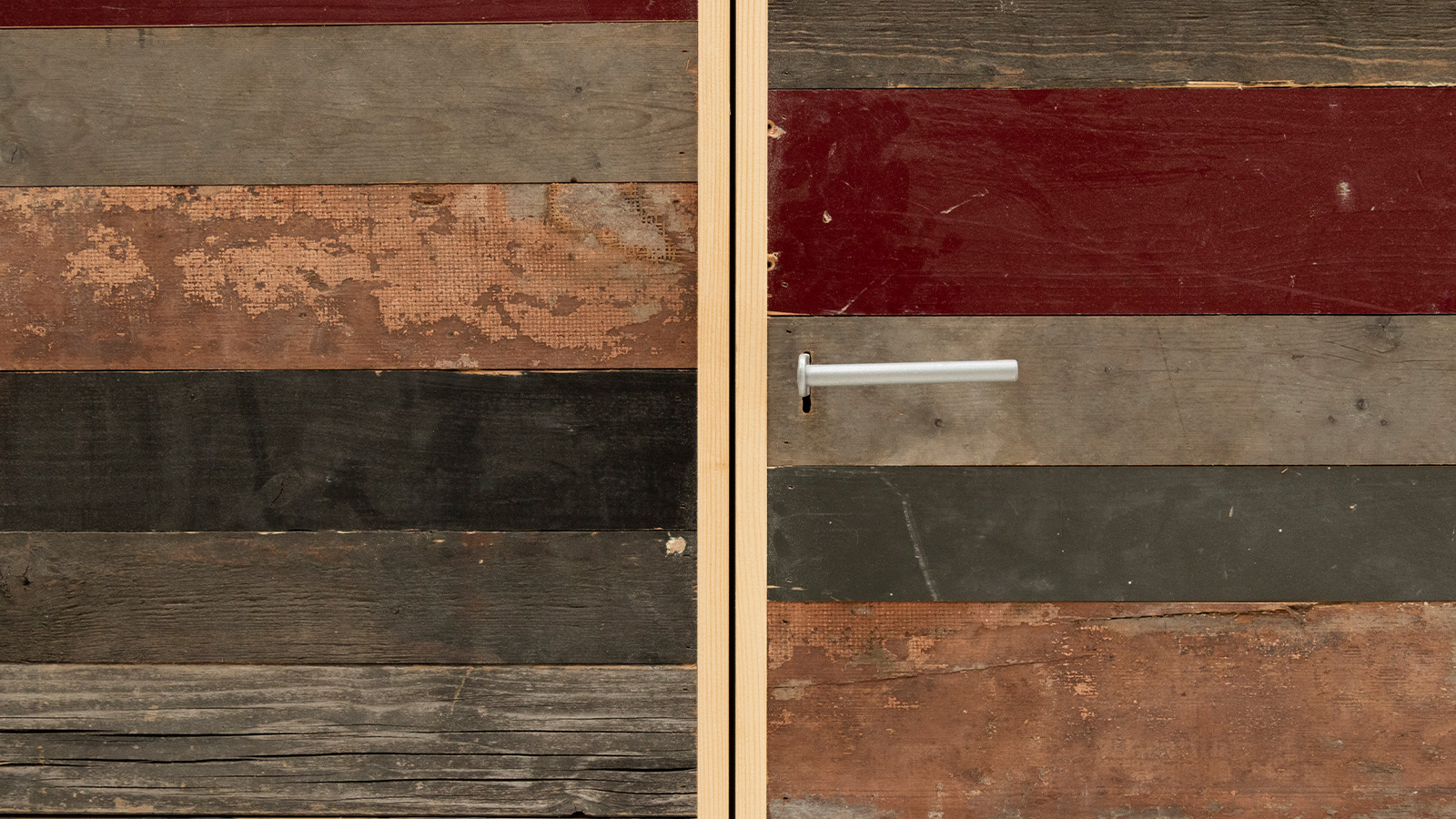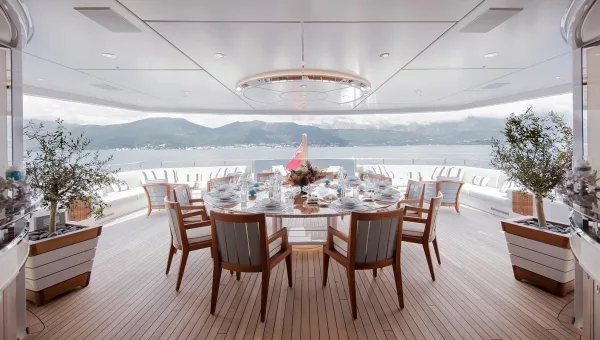Masters of Dutch Design: Piet Hein Eek – Finding inspiration in limitations
In the early 1990s, Piet Hein Eek made a striking entry into the world of interior design with his handcrafted furniture made from scrap wood. His ‘Sloophout’ collection quickly became a Dutch Design classic, with pieces exhibited in renowned galleries and museums around the world. His pioneering vision — to waste no valuable material and to create furniture built to last — is now more relevant than ever.
Dutch design enjoys considerable international recognition. In your view, what makes it so distinctive?
“When I – and many other Dutch designers – came onto the scene in the 1990s, some of the great classic Italian designers had just passed away. The old guard was gone, and we stepped into the gap. Manufacturers were looking for new faces.
At the same time, global prosperity was booming. A new generation of millionaires was emerging, and exclusivity was everything. There was money everywhere. It was a wild time – full of excessive luxury, but there was also plenty of rubbish being sold for crazy prices. Dutch designers offered a stark contrast with their sober, minimalist style. No gold or ornamentation, but a lamp made from a milk bottle, or Tejo Remy’s taped-together chest of drawers. And me, with my scrap-wood furniture.
After 9/11, things became uncertain. That’s when Dutch restraint really resonated – a calm in the chaos. Our design philosophy fit the mood of the time. There were lots of young designers, and the government strongly supported the sector. That made a real difference.”
How do you reflect now on those early years?
“I worked closely with Nob Ruijgrok, my business partner for nearly 30 years. From the start, we had a decent-sized team, and both production and distribution through dealers were well organised.
It was also the era when home magazines were booming. There was no internet or mobile yet, so those magazines were constantly hungry for content. Editors would regularly call us: ‘Have you got anything new?’
Our good fortune was that we created our own content and always had something fresh to show. It got us a huge amount of publicity.”
You find inspiration in limitations, by working with what’s available. What exactly do you mean by that?
“When I was studying, the focus was all on concept and design. For me, though, it’s always been about material, technique, and craftsmanship. How do you actually turn an idea into a product? That approach wasn’t common at the time—though it wasn’t entirely new either. Many great designers and architects before us worked like that.
Jean Prouvé, whom I consider a kindred spirit, had a similarly pragmatic approach to materials and technology. In his father’s workshops, he explored what were then cutting-edge industrial techniques, like pipe bending.
Not many designers enjoy working within constraints. But I do. I work with what’s here: the materials, the machines, and the people around me. I’m completely at ease with those limitations.”
Have you noticed renewed interest in your work now that sustainability is receiving more attention?
“My products have to be both beautiful and well made – that’s what makes them last. In discussions about sustainability, I often find the quality aspect is overlooked. For me, economic thinking and sustainable thinking aren’t opposites. If I treat my materials with care, source as much as possible locally, and minimise waste, it benefits both my business and the environment. I’ve never seen those goals as conflicting.”
What’s the secret to good design?
“It’s simplicity. When material and design are in perfect balance. Too much wood in a chair is wasteful; too little, and it falls apart. We produce in small series, using traditional methods combined with modern construction techniques. Everything has to be just right: the effort involved, the strength, the beauty, the look of the material. It all has to come together. It has to be a hit.”
Can you give an example?
“I think our oak chair is a really good one. It’s very simple, but it’s exceptionally well made.”
You produce everything in-house at your workshop in Eindhoven. Is that still sustainable, given rising labour costs and staff shortages?
“Sadly, the Netherlands has become too expensive to produce affordable furniture using traditional methods. The alternative would be full automation—but that’s not for me. That’s why we now focus on the higher-end market. All our pieces are made in very limited editions—no more than 50 of each. For us, customisation is the norm; no two tables are ever the same.
In recent years, we’ve seen a strong rise in demand for unique, complex pieces. As a result, our team of specialist cabinetmakers has tripled in size. Luckily, we have a strong appeal to young craftsmen who want to work with us. They’re trained up quickly to a high level—something that would normally take years.”
You’ve just returned from Africa. What were you doing there?
“I’m working on a new collection in Dakar with local artisans and small businesses—a plastic recycler, a street steelworker, a recycled aluminium foundry, weavers… you name it. These are crafts that have often disappeared here. Over there, material is far more precious than labour, so nothing is wasted—everything is reused or recycled. That really resonates with me. Just like here, I work with whatever’s available locally.
Together with my daughter, I’ve collected art and products, and we’ve developed the first prototypes: steel chairs with colourful plastic or rattan weave, stackable patio chairs, coffee tables and stools made from recycled rotational plastic, a beach chair with beautiful woven details.
In the long run, I hope my designs and network can help spark sustainable trade—something that offers more long-term security for the people there.”
You also work with IKEA, right?
“Yes, I was recently in Indonesia for that. Funny enough, even a giant like IKEA shares my philosophy: working with regular local suppliers to build long-term continuity. I went there to develop something they could produce locally—it was hugely inspiring.
The collection I’m creating for IKEA really aligns with my original goal: making well-designed, affordable furniture for a broad audience. And don’t underestimate them— IKEA genuinely produces quality. Their furniture isn’t necessarily any worse than that of a high-end brand.”
You’ve also passed this philosophy on to your daughters. How does it feel to see that inspiration carried forward?
“Yes, I’m very proud! All three are carving out their own paths, and that makes me incredibly happy. My twin daughters, Geertje and Roos, run the sustainable jewellery label Tweek Eek. They use leftover materials and often work in unconventional ways with machines—very bold and innovative.
My eldest daughter, Lieve, is a photographer and filmmaker. Together with a childhood friend, she forms a creative duo producing images, films, and campaigns for brands like Porsche.”
What dreams do you still have? Is there a challenge you’d like to take on again—maybe even a yacht?
“I once designed a boat, but it’s quite a complex undertaking. I live in a tiny house myself—just 12 square metres over two floors. It has stairs, two bedrooms, two bathrooms, a kitchen and a living room. So designing down to the millimetre? That’s something I know well.
But with a boat, you really have to think about how it’s going to be used. If I were to take on a project like that again, it would have to be a complete concept—one integrated whole.
That said, I’ve just worked with an architecture firm to convert a workboat into a houseboat. It’s interesting to approach a boat interior with a fresh perspective, as an outsider. Whether something like that will come my way again? We’ll see.”
Share
COME AND MEET US: YOU’RE INVITED!
Headquarters
Robert Drontmann Sales Director
| Eckly Hendriks Sales Manager
Sara Gioanola PR & Press Office Manager
Heesen Yachts Agents
Thom Conboy Agent North-America, Mexico, Bahama's & Caribbean
| Hisham Abushakra Agent for the Middle East region
